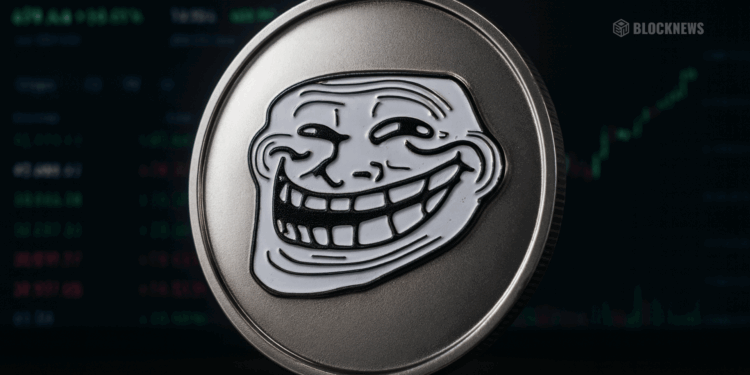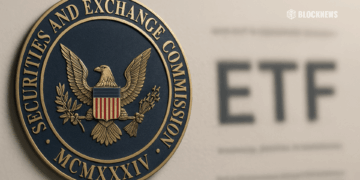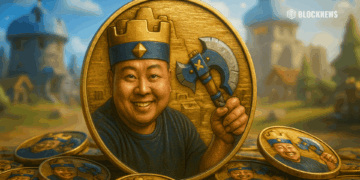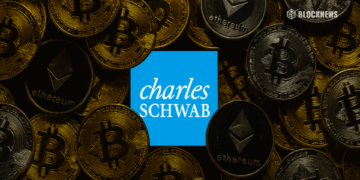- TROLL coin secured an exclusive licensing deal with Trollface creator Carlos Ramirez, paying a six-figure sum plus 11% royalties on merch.
- The agreement strengthens TROLL’s brand legitimacy, protecting it from copycats and improving chances of big exchange listings.
- Despite volatility, TROLL hit a $283M market cap in August, with 44K+ holders, and now carries official IP backing.
The Solana-based meme coin TROLL just scored a huge win by locking down the rights to one of the internet’s most legendary memes—Trollface. The project’s community takeover team, Troll Network Limited, signed a six-figure copyright license with Carlos Ramirez, the original artist behind the iconic MS Paint grin.
The agreement is worldwide and exclusive to the crypto and meme coin world, though Ramirez kept a carve-out for one older coin he had previously been involved with. As part of the deal, Ramirez will pocket an 11% royalty fee on any TROLL-branded merchandise that launches in the future.
“This isn’t just another meme coin anymore,” said Seal, the pseudonymous lead of the TROLL takeover team. “You’re literally owning a piece of internet history here. Trollface is what turned memes into culture—and now it’s tokenized.”
Trollface’s Internet Legacy
If you were online in the late 2000s, you know Trollface. Drawn in 2008 by Oakland-based Ramirez, the lopsided smile became the go-to symbol for trolling and online pranks. By 2011, Ramirez had copyrighted it, later cashing in through t-shirts, licensing fees, and even settlements. At one point, the meme pulled in $10K–$15K every few months just off Hot Topic merch.
Over four years, Ramirez said Trollface earned him about $100,000. The new TROLL coin agreement already exceeds that number—another reminder of how memes never really die, they just evolve.
Why IP Deals Matter for Meme Coins
Meme coin projects have had a rough history with intellectual property. From Shark Cat to Keyboard Cat, legal threats have loomed whenever creators didn’t get a cut. Ariel Givner, legal counsel on the TROLL deal, explained why this one matters:
“Locking down the license protects the brand, keeps out copycats, and gives exchanges confidence that the project is legit,” she said.
It’s a lesson other teams have learned the hard way. The Shark Cat token, for example, faced lawsuits from the cat’s owner until both sides struck a similar licensing deal. Without IP rights secured, big exchanges and investors tend to stay away.
TROLL’s Market Ride
The TROLL coin itself has been volatile, like most memecoins. It hit a market cap of $41 million in April, dropped to $16 million, then exploded 1,600% in August to a $283 million peak—before cooling back to $159 million with over 44,000 holders. Ramirez hasn’t endorsed the project outright (he even launched his own tiny Trollcoin), but the licensing deal means his art is officially tied to TROLL’s brand.
Seal, who led negotiations, admitted Ramirez initially rejected a $50,000 offer before settling on the six-figure deal. The funding came from ten TROLL whales pooling Solana, and within weeks the contract was signed.
Asked what’s next, Seal kept it vague: “There’s a lot coming… but let’s leave that to speculation and surprises.”














